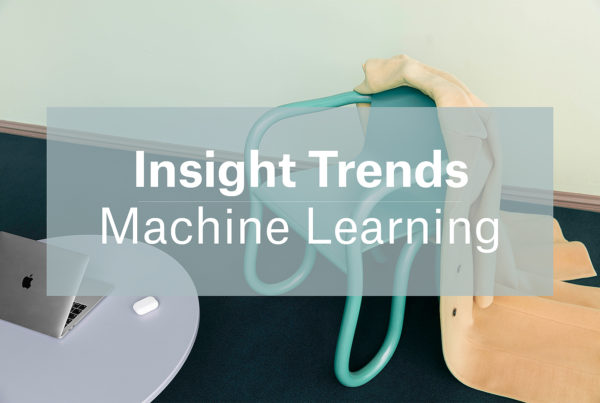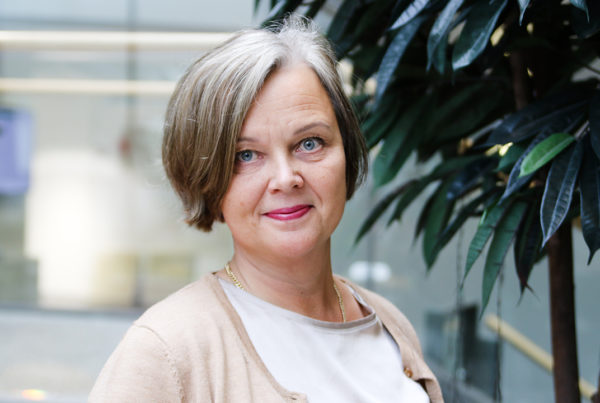Today’s health-care professionals (HCPs) face many challenges when trying to balance between information overload and the need for a personalized approach at the clinic. The information that HCPs are looking for must be not only accurate but also actionable, which brings challenges for pharma in offering attractive medical education.
Typically, medical affairs teams have had an essential role in delivering medical education, and they can also provide a more flexible environment to interact with HCPs. These teams must be capable of both delivering insights and functioning as the source of the latest medical information for customers. This makes the relationships between medical affairs and physicians broader, deeper, and most importantly, more meaningful for both sides.
Traditional ways of delivering long speech-driven lectures may not attract busy professionals to give up their free evenings.
Thus, medical education in 2017 must engage professionals by offering real value for their work, and tools for clinical practice.
We collected three trends shaping the concept of medical education for the late 2010s:
1. Support local
Research based on real-world data (RWD) is trending globally. By collecting and utilizing data from local health-care system and registries, or even data from an individual clinic, the educational event can offer professionals insights into information of real value. This creates an association with the development work physicians are performing daily at the clinic, and helps them to compare their work with other clinics, international studies, or treatment practices.
2. Be interactive
Medical education is slowly adapting trends from other education fields. The time for lecture monologs lasting two hours is over; interactivity is here to stay, and can be included in an educational event easily. Using low-cost tools, such as real-time voting by phone, is relatively easy to perform, however most of the work must be done in advance during the content planning. Voting polls can be utilized to support discussion on treatment practices and patient cases, or to measure the level of understanding on the current topic—just to mention few.
3. Go online
Traditional medical education has been restricted to a certain place and time, which limits the possibilities of participation—both for busy parents but also for participants from longer distances. Offering relevant and fresh material tailored for online use has increased the possibility of capturing a wider audience with more budget-friendly strategies. Online material can be consumed either on demand or can draw participants to live webcasts. There are no limits regarding the format of online material as it can range from web courses to news service or expert panels.
By combining these ideas with a strong background in science, the pharma industry can freshen up the concept of medical education to meet today’s criteria. Face-to-face meetings will not disappear, but they can be enhanced with elements of interaction, locality, and online presence. Blended learning techniques will also bridge the gap between digital natives and professionals who prefer more traditional ways of communication.
Science does not stand still—why should medical education?




